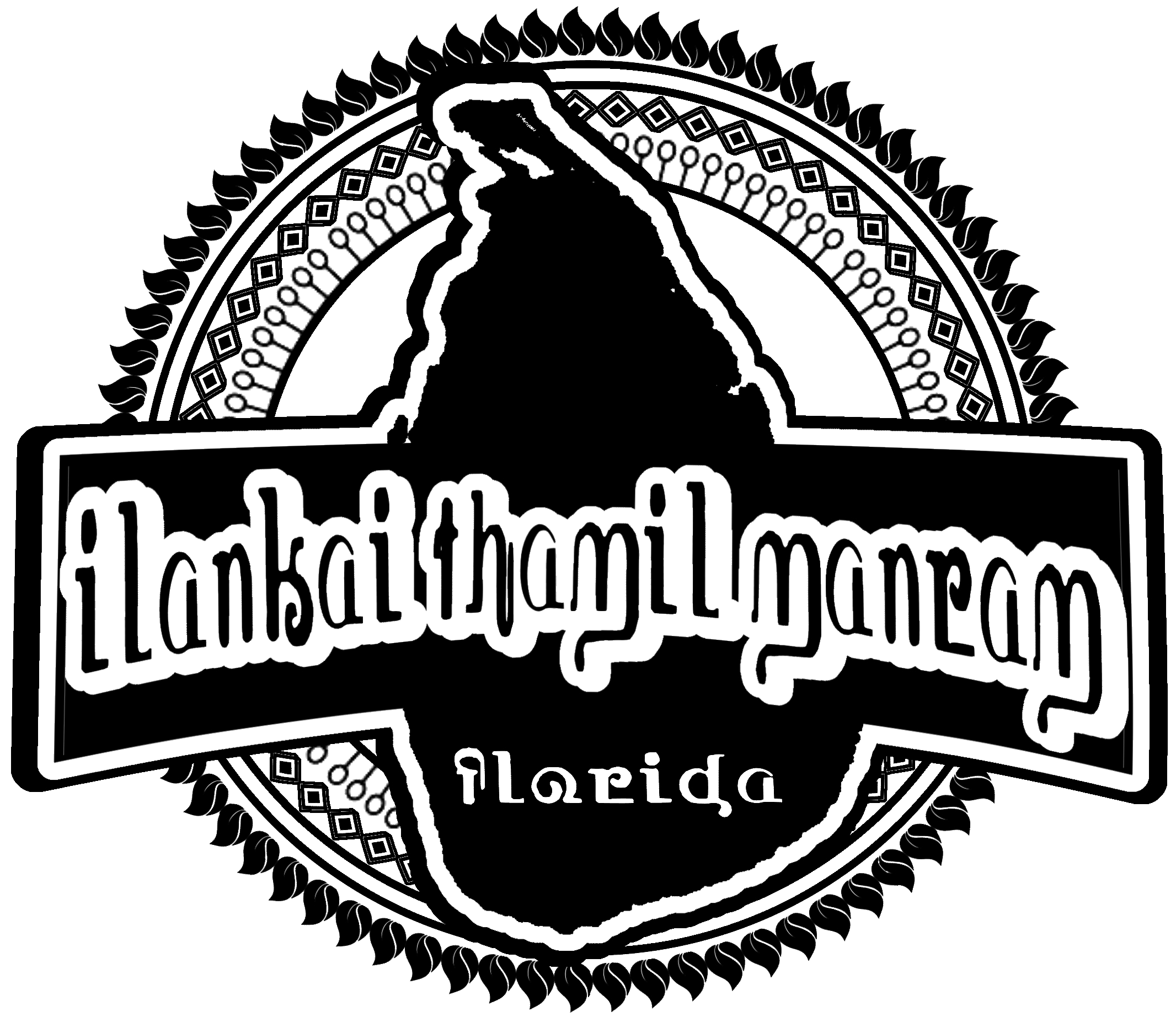
While the Sri Lankan rupee has only officially been in use since 1972, the use of coinage in the island dates back millennia.
Currency has been found in Sri Lanka that is believed to have dated as far back as the third century BCE. These coins were known as kahapana, and were produced by cutting strips of metal from sheets, then striking a particular symbol on one side. Because of this, they are known as punch-marked coins. While these coins were believed to be in use in Sri Lanka during the Anuradhapura Kingdom, they are actually a version of Indian coinage known as the karshapana, which had been in use on the subcontinent up to 300 years prior.
Later coins would be both cast and struck, each with varying symbols depending on where it was in use, some even having multiple symbols as they were passed around from kingdom to kingdom. Even some coins from the Roman Empire came into general use in Sri Lanka through trade. With the advent of European colonization, the Portuguese, Dutch, and English eventually each had their own unique versions of currencies minted on the island.
The actual name “rupee” comes from India and is derived from the Sanskrit word “rūpya” meaning “wrought silver” or “coined silver.” The rupee was in use in India from about the third century BCE as well. In 1836, the official currency of Ceylon was established as the Indian rupee. While technically the Indian rupee was established in 1869 as the basis of currency of the island, the currency of the island came to be known as the Ceylon rupee. Even though it would eventually be disengaged from the Indian rupee as its equivalent, it would continue in use even after independence until 1972, when it was renamed the Sri Lankan rupee.
The Sri Lankan rupee is issued in both coins and banknotes. While the rupee can be abbreviated as Re (singular) and Rs (plural), the Sri Lankan rupee is usually symbolized SLR or LKR, although LKR is the official currency code. The symbol is necessary because many other nations, including India, have their own rupees as currency. The LKR is also sometimes symbolized as ரூ in Thamil and රු in Sinhala.
The LKR is subdivided into 100 cents, although cents are not often used due to their low value. The LKR, like the current USD, is a fiat currency, and is not backed by a commodity (for example, a gold standard). The LKR is issued by the Central Bank of Sri Lanka. It is a closed currency, which means it is only available for purchase and sale inside the country. Therefore, visitors can only exchange their own money for LKR after they have arrived in Sri Lanka.
